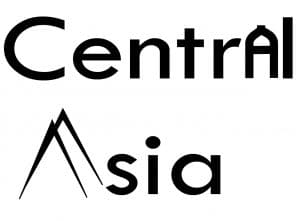Traditional Clothing of Kyrgyz people and nations living in Kyrgyzstan
National Kyrgyz Clothing
Elechek
You won’t most likely see women wearing elecheck (or Elichek) in Kyrgyz everyday life, but only during the nation holidays and events. Elecheck is the traditional Kyrgyz headdress for married women and in previous times, married Kyrgyz women were identified from this head cloth. The bride wore this hat on her wedding day and did not stop wearing it until her death. It was removed only during the night.
Elechek in each Kyrgyz region differ somewhat from each other. In the south, the neck was not covered as there the climate is much milder. But instead they wore a specially spun Oromdor under the handkerchief in order to protect the face from the sun.
The length of the white elechek canvas can reach 40 meters. High elechek could be worn only by very wealthy women it was a sign of the noble origin. For nomadic Kyrgyz, the fabric was a very valuable commodity. If necessary, a woman could cut off part of the elechek, for example, to wrap a child or to stem the blood flow from a wound.
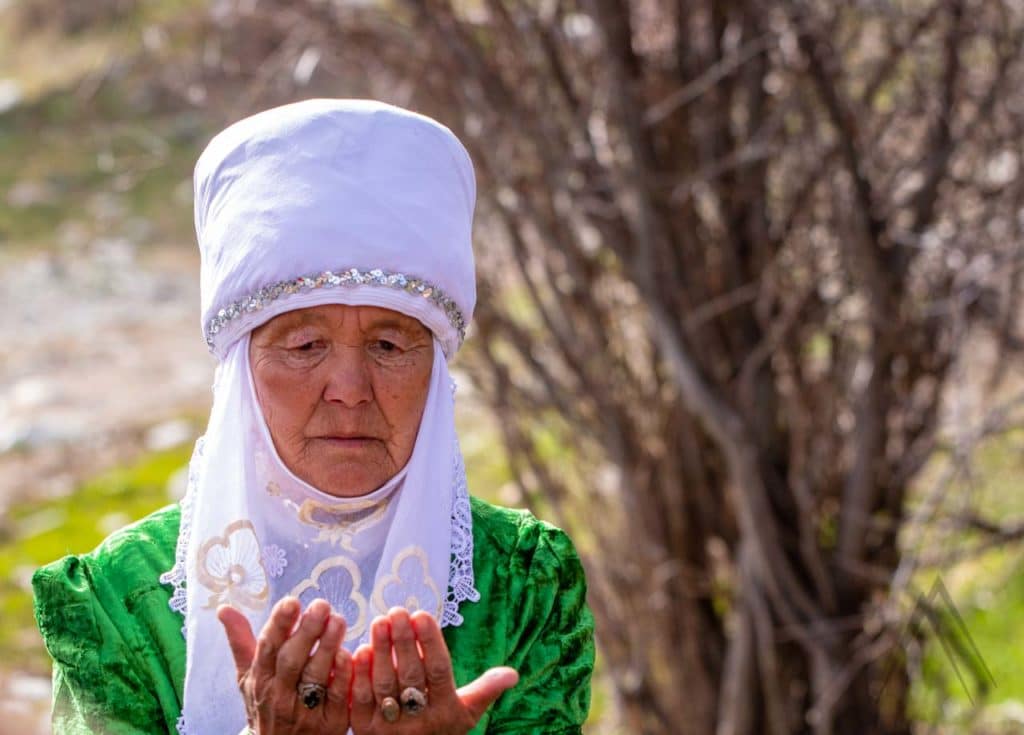
Beldemchi
Beldemchi is a wraparound skirt. It was either made of velvet or silk with leather and fur lining, and rich embroidery. This could be worn easily on horseback and would cover them well, giving warmth as they rode their horses. Beldemchi is also designed for women after giving birth to keep the stomach tight.
Chapan
Chapan is a traditional coat commonly worn by older men and women in rural areas. The chapan, designed for warmth and comfort whilst on horseback. It is a type of three-quarter length coat that is padded like a dressing gown.
In some cases, a felt cover is worn over the top of it, while underneath there is an opening with baggy trousers that are sometimes fur-lined in winter.
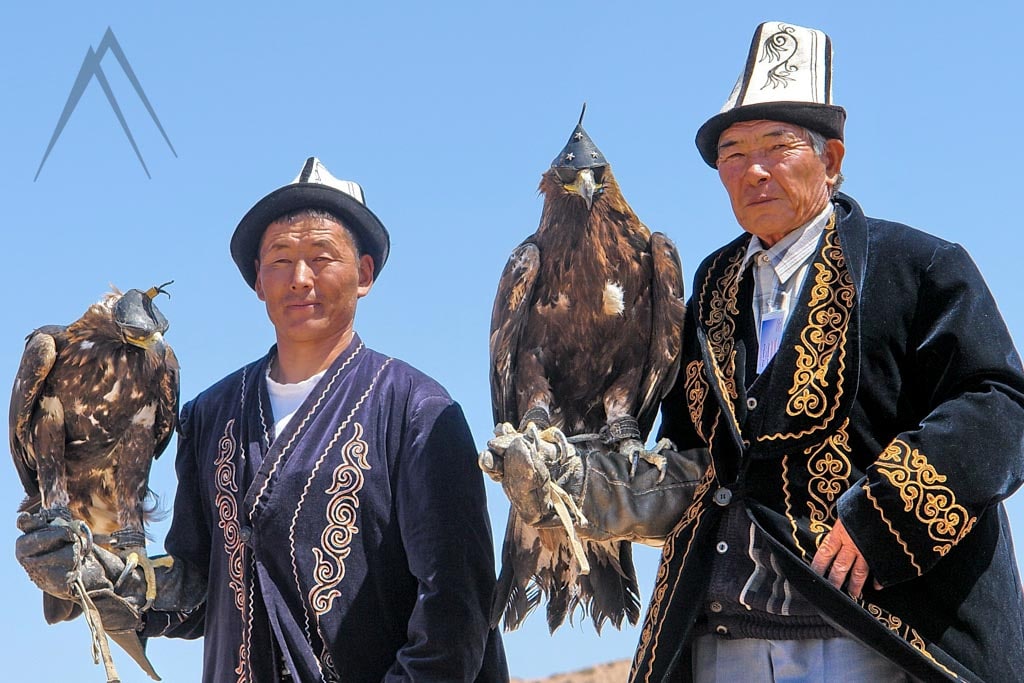
Kalpak
Kalpak is the traditional headgear of Kyrgyz men and the most known Kyrgyz garment. It provides shade in hot summer and warmth during the cold winter. Kalpak is mainly worn in the celebration ceremonies as well as in the funerals, but some people wear it in the everyday life as well and can be seen especially in bazars. Kyrgyz people believe that Kalpak symbolizes the country’s snow-capped mountains.
There are more than 80 different variations of Kalpak and you can even find bus stops constructed in the shape of kalpak. Kalpak is also listed in the UNESCO list of Intangible Cultural Heritage of Humanity. There is even a Kalpak day celebrated every year in March.

Head scarf in Kyrgyzstan
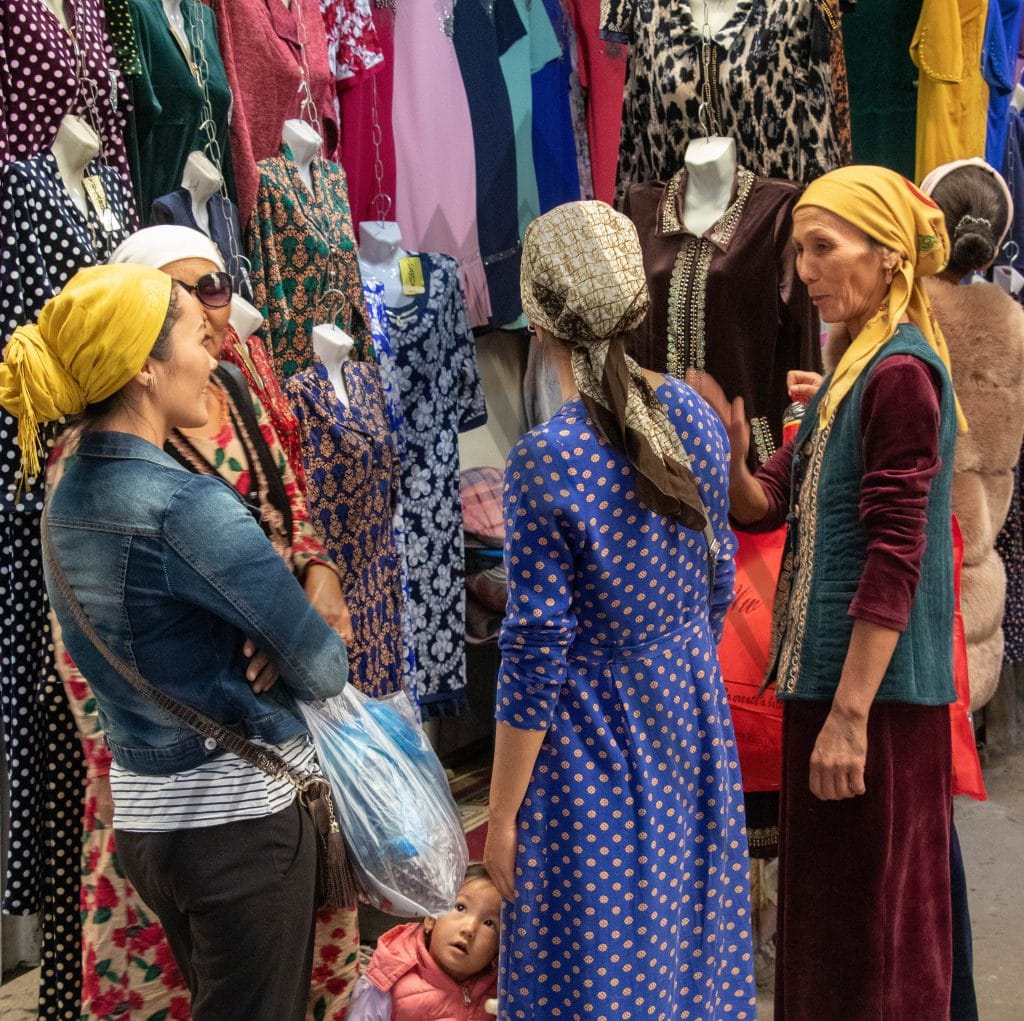
In the 1920s, during the development of Soviet power, women joined the field works. It was not easy to work in bulky elecheks under the hot sun and wraps were gradually replaced with head scarfs.
Headscarves are commonly worn by older women in the country. And for most families essential that the brides wear a headscarf in front of the husband’s relatives or when they visit relatives in the villages. At weddings, respected relatives of the groom place on snow-white shawls on the bride – right on top of the veil. It also is required to wear a headscarf during funerals. Young girls often wear a white scarf after marriage, as a sign of being newlywed. However, in Bishkek headscarves are generally rare compared to rural areas.
Lately the islam religion has started to gain more influence also in Bishkek and women wearing the islam style head scarves or more closed clothing has also become more usual.
Koinok
Koinok means dress from Kyrgyz, the main dressing of young women. Elaborate dresses, koinok were made from a silken patterned cloth. Mainly worn for special occasions.
Uku- Topu
The headdresses of the girls are usually decorated with feathers of birds, various ornaments sewn to them: silver, pearls, coral, etc.
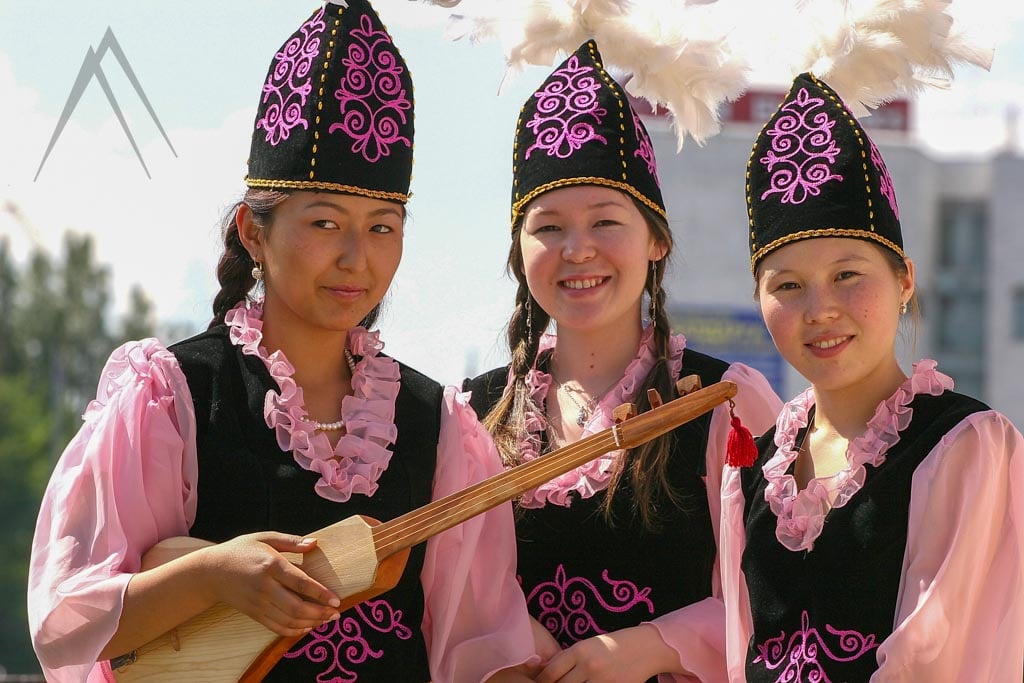
Tumar (Amulet)
Tumar is a triangular form talisman against the evil eye and is believed to keep bad spirits away. Tumar is used to be worn to babies, toddlers, and kids.
Kyrgyz Jewelry
There is a broad choice of bracelets, earrings, and other jewellery made of gold, silver and precious stones in Kyrgyzstan. The most common material to make the jewelry in Kyrgyzstan (and Kazakhstan) is silver. By tradition these valuable possessions are passed down by the elder women of the family to the younger ones as they grow up and start their own families.
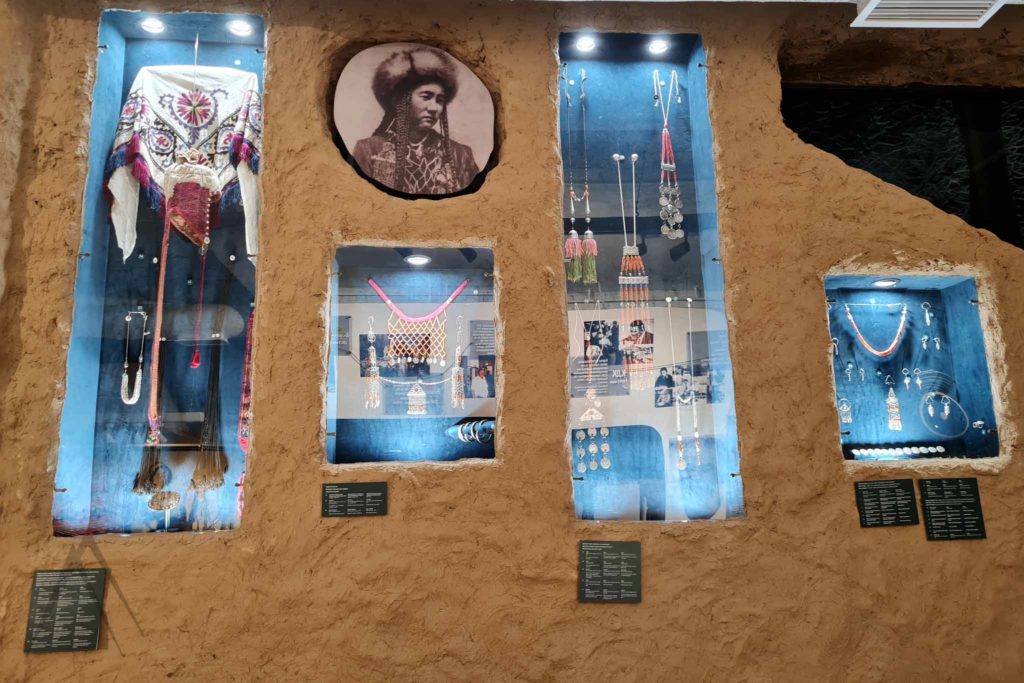

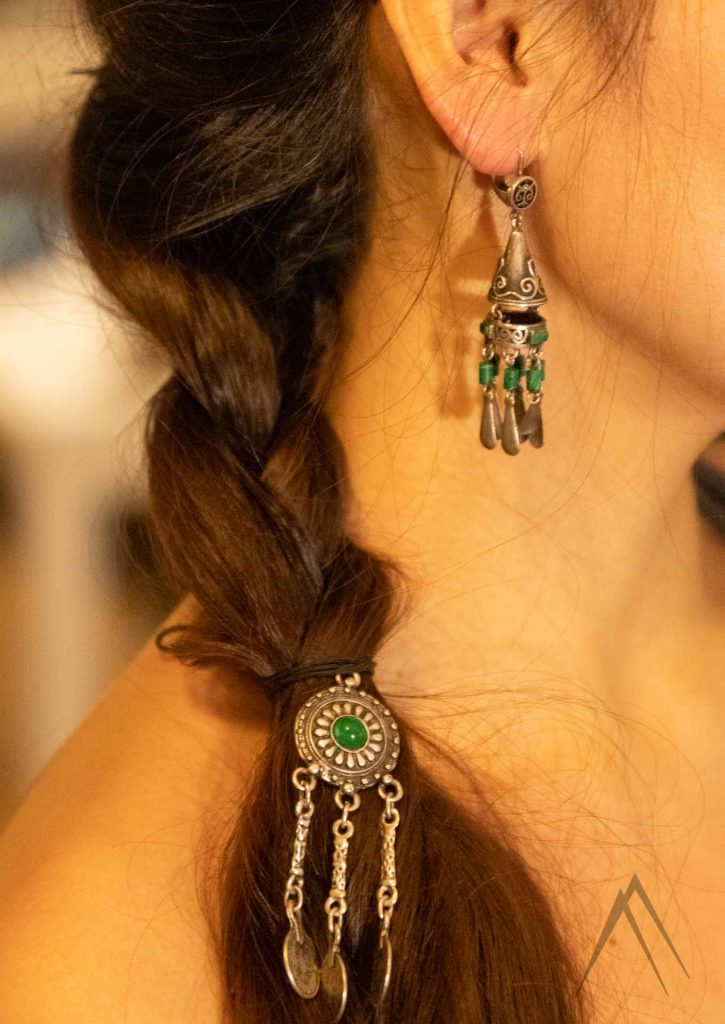
Shokolo (bride's skullcap)
Shökölö in Kyrgyz, Saukele in Kazakh is the headdress for the bride, with the veil falling in the back. A cone-shaped headdress is often embroidered with coral, turquoise, strings of pearls, and embellished with silver and gold pendants.
Chyptama / Kezel
Chyptama, another name is Kemzel is a short or long sleeveless jacket designed for women. It arriver later in 1930s to Kyrgyz people. It is usually worn in pairs with a skirt. Ladies decorated it with multi-colored buttons, the kemsel itself was most often sewn from red and pink fabric.
Maasi
Maasi is light leather boots are worn on the feet, over which rubber slip-on over-boots are pulled on, to be removed whenever a dwelling is entered.
Where to find traditional clothes in Kyrgyzstan?
You can easily see Kalpaks and other local clothing while visiting Kyrgyzstan during any of our Kyrgyzstan tours. Bishkek is more modern and it is getting a bit rare to witness traditional clothing there but one does not need to venture far from the capital to see that the traditional clothes are very much in use.
Page updated 4.1.2022
